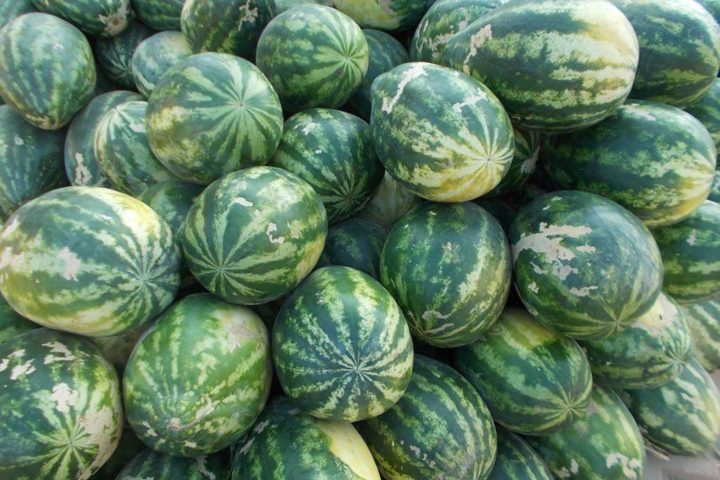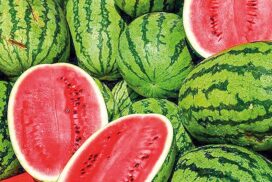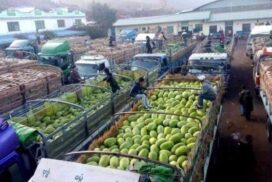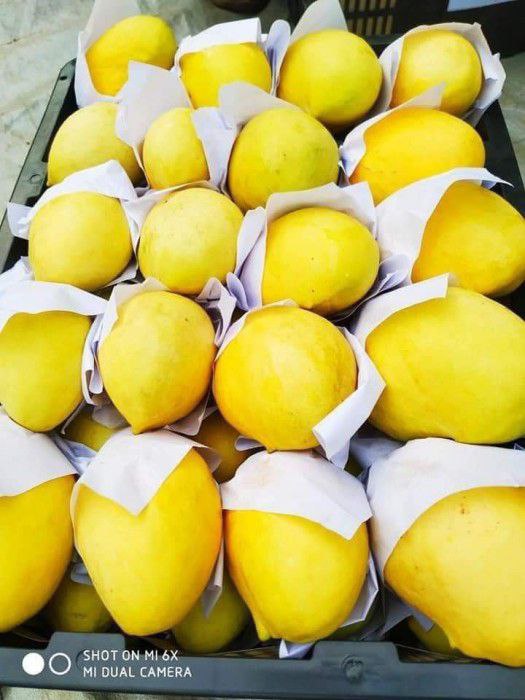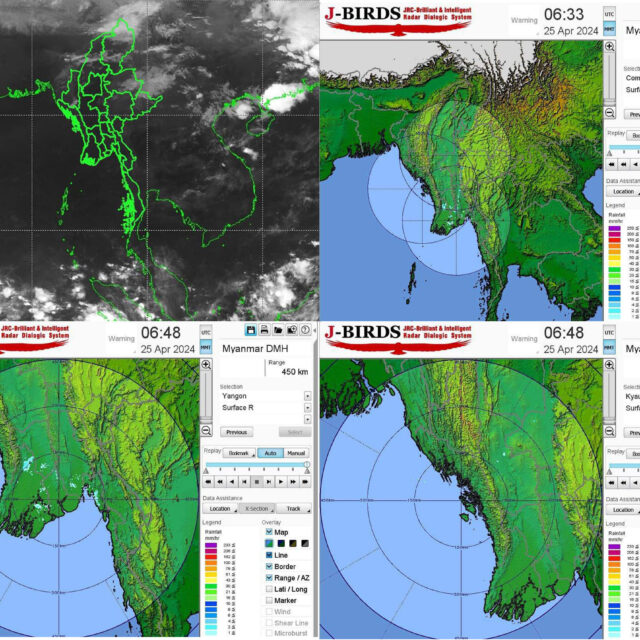The number of trucks carrying watermelons and muskmelons leaving for China is decreasing so the prices of watermelon and muskmelon stay on the high side, said fruit traders engaged in Muse border.
In January, over 150 truckloads of watermelon and muskmelon were conveyed to China through the Muse border. At present, only 80 trucks enter China per day.
Watermelon and muskmelon are fetching a good price at 6.1 yuan per kilogramme of the 855 watermelons, 8.1 yuan per kilogramme of muskmelon and six yuan per kilo of Taiwan melon.
In early February, tight inspections by Chinese Customs hindered truck transport. That being so, only 20-30 trucks were able to pass the checkpoint despite the delays amid the high price of watermelon and muskmelon.
Consequently, watermelon was sold out at the depots on the China side and more than 500 trucks queued in line on the Myanmar side.
On 5 February, the trade channel was eased and around 100 trucks entered China. Those trucks struck on the Myanmar side were given the go-ahead in rotation for exports depending on demand, Muse fruit wholesale centre stated.
Myanmar’s watermelon and muskmelon are heavily reliant on the Chinese market. The traders struggled with China’s strict virus policy.
In 2021, the COVID-19 restrictions hindered Myanmar’s watermelon and muskmelon exports to China. Chinese Customs Regulation increased delay. Long delays of trucks caused harm to watermelon quality and only one in five trucks heading to China remained undamaged with quality watermelons.
The traders are observing delivery time, price and profitability as they are perishable fruit, while they are trying to explore new markets besides China.
On 1 April, Nantaw and Sinphyu border posts were suspended in the wake of COVID-19 impacts. China has closed down the major border crossing – Mang Wein – from 30 March 2021 following the COVID-19 cases in Myanmar.
On 8 July 2021, the two-remaining cross-border posts Kyinsankyawt and Panseng were suspended. As a result of this, the border trade between Myanmar and China was completely halted.
Among the Sino-Myanmar border posts, Kyinsankyawt resumed operations on 26 November 2021. Trade activity at the Muse-Mang Wein crossing point, which performed the majority of trade between Myanmar and China, resumed on 14 January 2023. Additionally, other goods except for agricultural products (watermelon, muskmelon), minerals and fisheries products are allowed to be sent to China through that border point.
Additionally, Nantaw and Sinphyu, which are major borders, were reopened on 25 January 2023.
At present, Myanmar daily delivers rice, broken rice, rubber, various beans and pulses, fishery products, chilli pepper and other food commodities to China through Kyinsankyawt by over 200 trucks. — NN/EM
Prices of watermelon, muskmelon on the rise amid fewer trucks to China
- March 04, 2023
- 603
